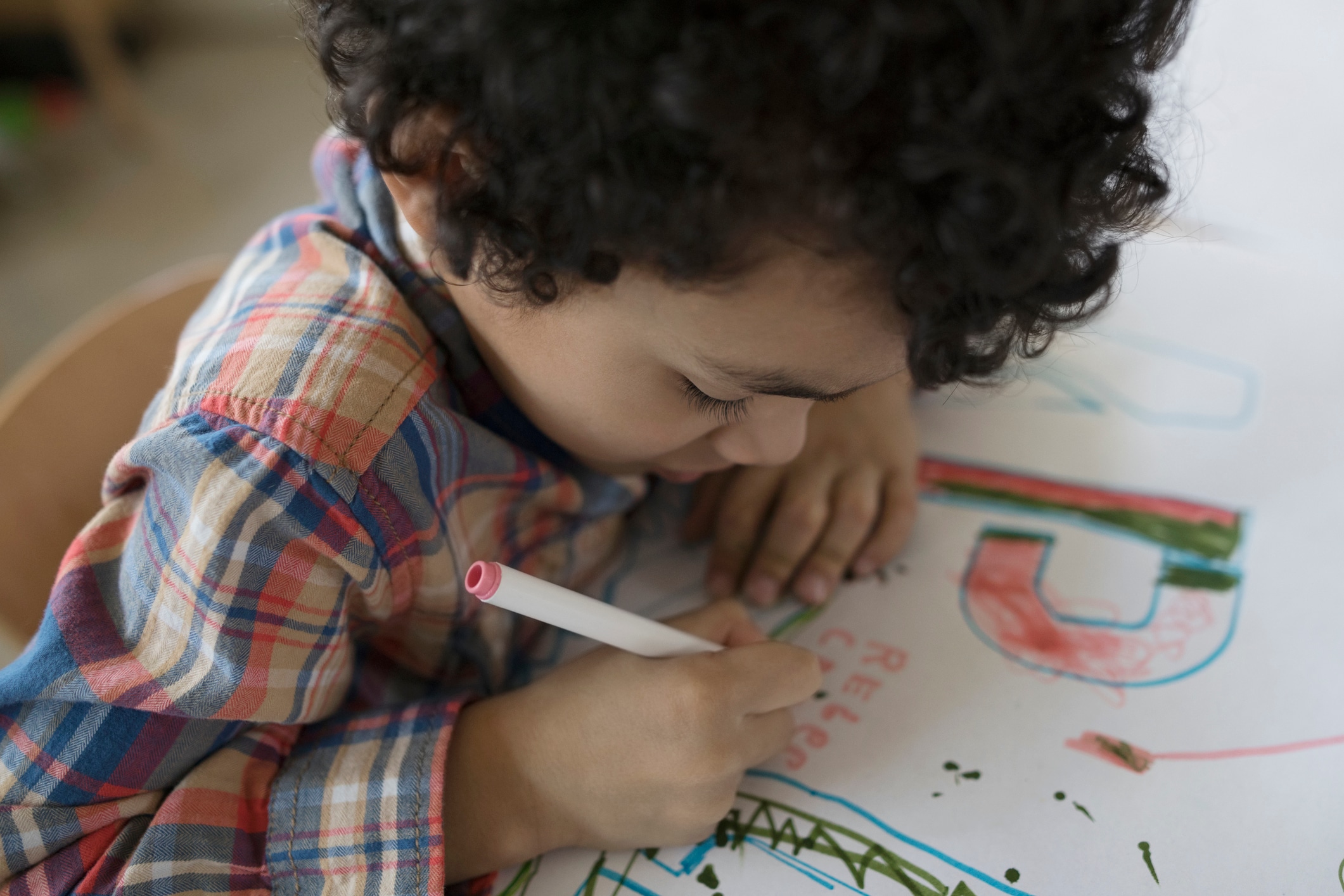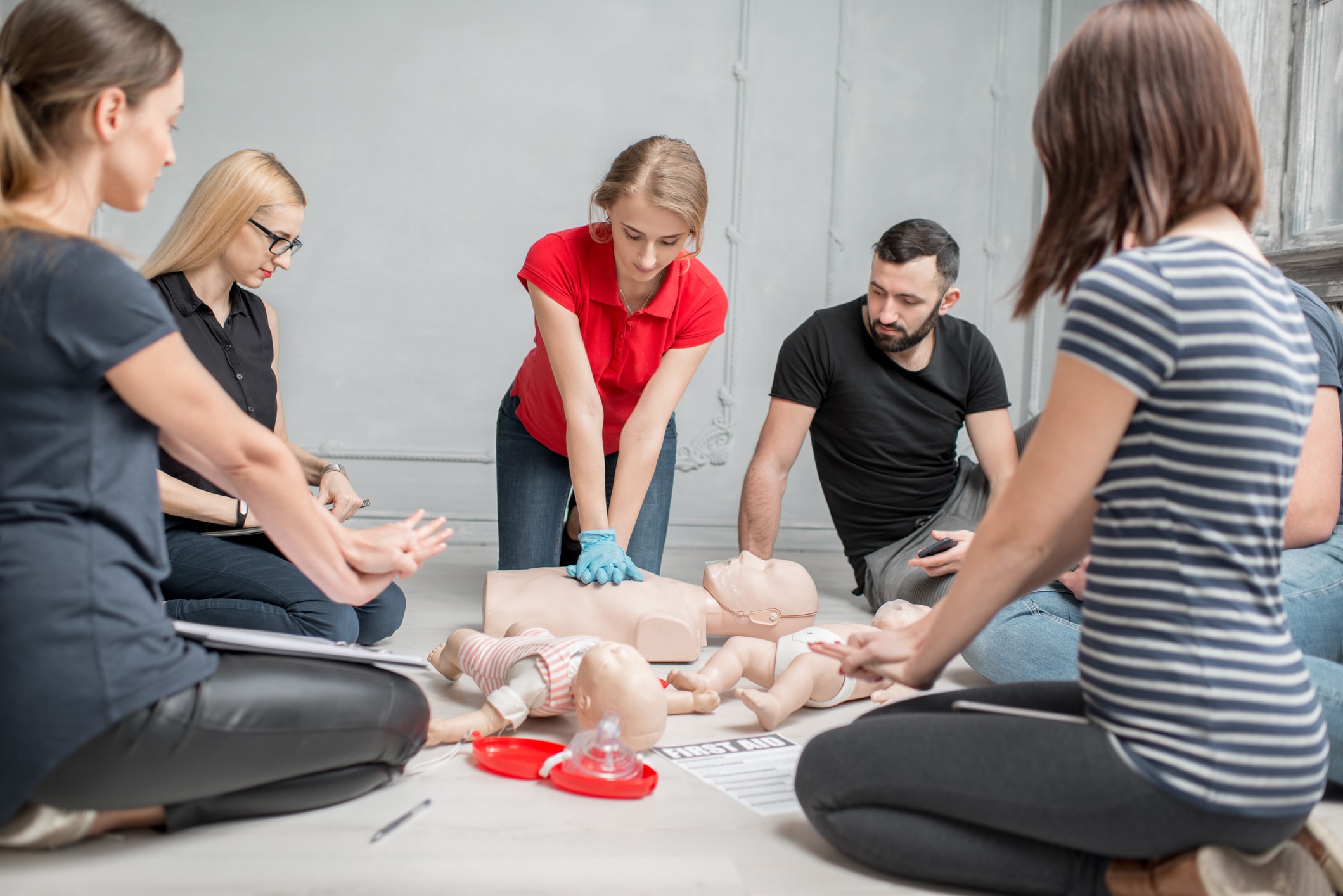Scavenger hunts are a surefire way to find fun. The best part? You can do them anywhere at anytime, tailor them to any age and make scavenger hunt clues for kids as imaginative or as simple as you want. So make a plan, scatter some clues and get ready for your kids to have an amazing time.
How Do You Set Up the Perfect Scavenger Hunt?
Wendy Legendre is so good at treasure and scavenger hunts that she has a website called Scavenger Hunt Fun. “You can get kids working together toward a common goal,” she says. “It’s a great team-building activity.” One of Legendre’s top tips on setting up a successful scavenger hunt for kids is that you really know your crowd. Becoming familiar with the ages and interests of your group will help you in setting up a scavenger hunt that will keep the kids not only busy but highly entertained. You don’t want the big kids to be bored by clues that are too easy or younger kids to struggle with clues that are too challenging, so plan ahead!
The location is also of prime importance. Yes, you can do scavenger hunts anywhere. At home. At a park. Outside. Inside. In stores. At museums. But where would fit your particular hunt the best? Figuring out where you want to plan your hunt is half the fun! Legendre also stresses the importance of a theme — you can use popular movies, mysteries, westerns, holidays and sports. Find dozens of other theme ideas on her website.
But What About Writing the Clues?
Now that you’ve got the basics figured out, it’s time to move onto the really fun part: writing scavenger hunt clues for kids!
Tracie Stoll writes about the scavenger hunt she planned every year for her children on her blog, Cleverly Inspired. Writing the clues was always the most challenging — and fun — part of the process, she says. “I used to think of my hiding places first and then try to come up with clues that had to do with those hiding spaces,” she says. An example: “I have four legs and a head, but I don’t walk. (Answer: a bed).”
Legendre has a whole section on her site dedicated to the art of creating clues, and other bloggers have also shared some clue-riffic ideas. Here’s a roundup:
- Get The Photographic Evidence
For young children, use pictures of objects from around the house, Legendre suggests. For instance, give a child a photo of a favorite book. Hide a photo inside the book that shows the location of the next clue (such as a mailbox or the swing set)
- Puzzle it Out
Another favorite of Legendre’s is to photograph the location where you want the hunters to end up, then cut the picture into pieces (like a puzzle). Hide the clues, then have the kids piece the answer together as a team.
- Bust Out The Rebus
A series of clues using a rebus will take teamwork and time to figure out, Legendre says. Take the work out of it by plugging a phrase into Festisite — it will create a rebus for you! (This site also turns plain text into a maze and your uninspired clue into a rhyme — both of which can be a great help in developing scavenger hunt clues.)
- Be a Scribe That Describes
iMom keeps the kids occupied with these creative clues for common objects found throughout the house. For example, “If you want your teeth to shine, pick this up and spend some time. (Answer: a toothbrush).”
- Clue Them in on Teamwork
Develop clues that require teamwork to puzzle out. The clues in this involved hunt from Babyccino Kids include invisible “ink,” a secret code and magnets, which combined for a memorable treasure hunt that required a lot of teamwork.
- Rhyme All The Time
Let your child come to the answers through rhyme. Not comfortable writing your own? Try this hunt from Wildflower Bouquets that includes 10 rhyming clues that involve fairy tale characters (e.g., “One girl liked to explore. She also had golden locks. These keep feet warm and cozy. Find a drawer that holds pairs of ….”) and will lead your little ones on a hunt for a fanciful prize.
- Keep Learning
A hunt is a great time to sneak in some lessons. Math and spelling, for instance, can all be worked into a creative hunt. How? Have the child solve a math problem or spell a word correctly before receiving the next clue. Mom It Forward has a great example of a hunt where she used educational clues to lead a hunt for pieces of a cut-up treasure map that when put together yielded the answer to where a prize was hidden.
Want more ideas? Check out this Nature Scavenger Hunt for Kids.
Kara Murphy is a freelance writer in Erie, Pennsylvania. She has two children who love the thrill of the hunt.






